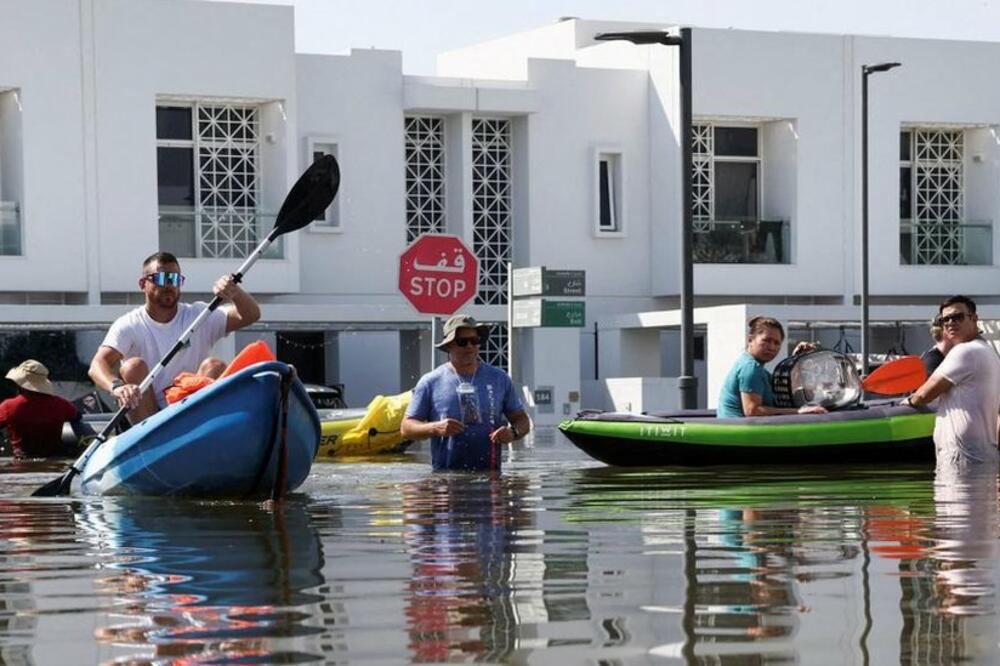Climate change is the most likely explanation for why Dubai has started to experience increasingly heavy rainfall, a new study claims.
Here are four ways climate change is linked to extreme weather.
- What is climate change? A really simple guide
- Climate change seriously endangers health - a new study by experts
- Climate change: Less lamb and beef on the plate
1. More extreme precipitation
For every increase of one degree Celsius in the average temperature, the atmosphere can receive about 7 percent more moisture.
This can result in more raindrops and heavier precipitation, sometimes for a short period of time and over a small area.
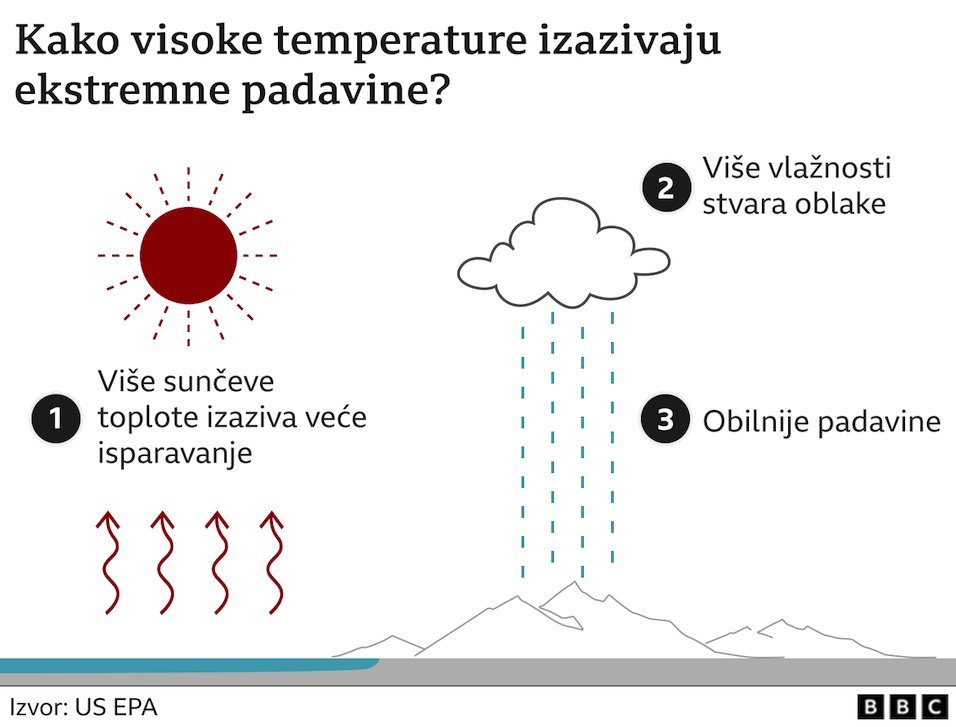
Scientists assess whether individual extreme weather events can be attributed to climate change by considering both natural and human causes.
In the case of the intense rainfall that hit Dubai, the United Arab Emirates and Oman in April 2024, it was difficult to conclude exactly how much of a role climate change played.
This is because heavy rains in this region are rare, giving scientists fewer historical periods to compare.
But these types of events have become 10-40 percent more intense, and climate change is the most likely explanation, according to the World Weather Attribution Initiative (WVA).
In the same month, extreme flooding hit parts of East Africa.
It is too early to say exactly what role climate change played in that event.
But heavy rainfall in the same region in October and November 2023 was exacerbated by a combination of climate change and a natural weather phenomenon known as the Indian Ocean Dipole, the VVA found.
In September 2023, northern Libya was hit by deadly floods.
- Floods in Libya: Every house in mourning in an Egyptian village, 900 kilometers away from Derna
- 'The sea keeps throwing up bodies': Death toll in Libya floods feared to be up to 20.000
- Climate change threatens to destroy the world's cultural heritage in Africa

Heavy rainfall has become about 50 times more likely due to climate change, and years of political instability have hampered efforts to prepare for such events.
Globally, heavy rains have become more frequent and intense over most land regions due to human activities, according to the UN's climate body IPCC.
This pattern will continue with further warming, the IPCC claims.
2. Hotter, longer heat waves
Even a small increase in average temperature makes a big difference in extreme heat.
The daily temperature distribution shifts to warmer levels, making hotter days more likely and more intense.
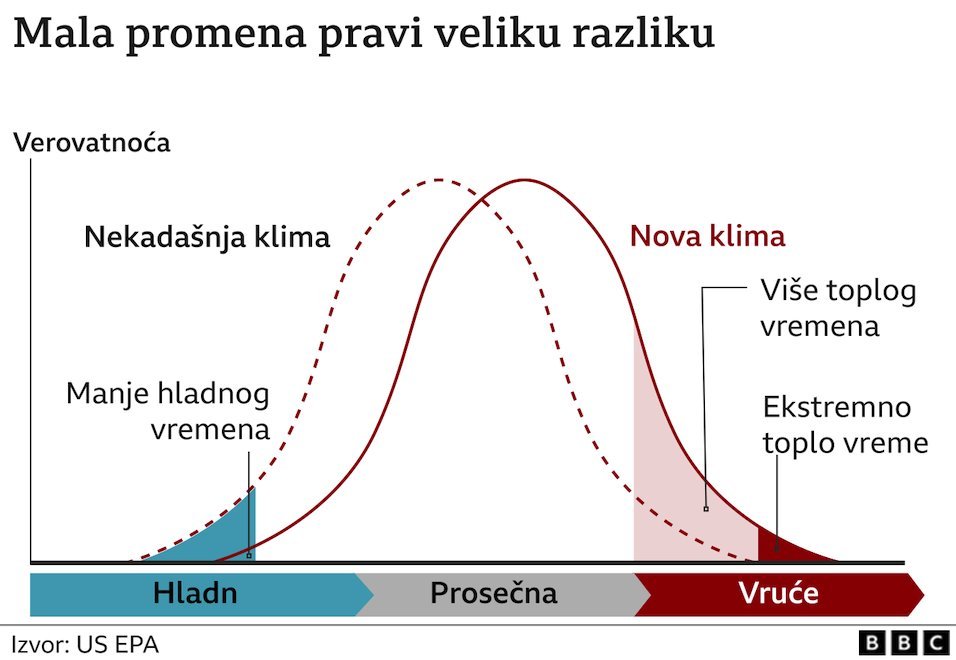
In early April 2024, temperatures in Mali reached 48,5 degrees Celsius during an extreme heat wave across Africa's Sahel region, which was linked to increased hospital admissions and deaths.
This level of heat would not be possible without human-induced climate change, the VVA found, and will become more common as the world continues to warm.
Is it getting hotter in Serbia and what are heat waves?
In the UK, temperatures in July 2022 exceeded 40 degrees for the first time on record, causing widespread disruption across the country.
This would be extremely unlikely without climate change, VVA says.
Heatwaves are also getting longer in many places, including the UK.
This can happen as a result of heat domes, which are areas of high pressure where warm air is pushed down and trapped, causing temperature spikes over large areas.
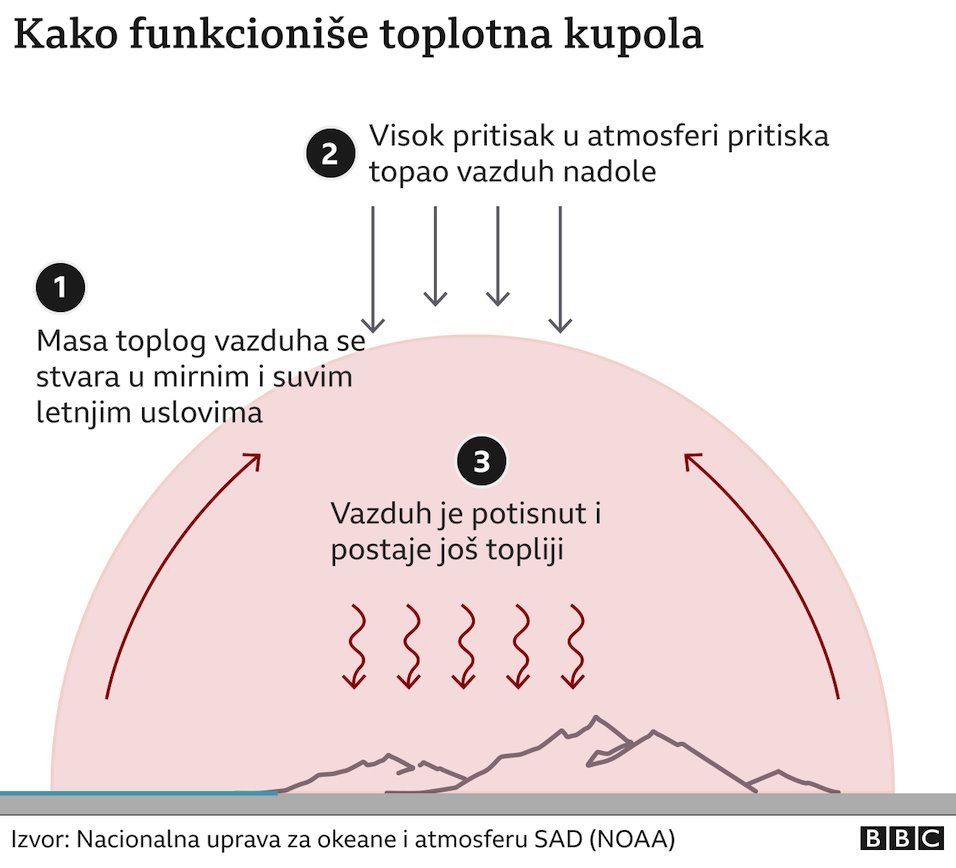
According to one theory, warmer temperatures in the Arctic - which is warming nearly four times faster than the global average - are causing strong winds called the jet stream to slow, making heat domes more likely.
3. Longer droughts
Linking climate change to specific individual droughts can be difficult.
Water availability depends on more factors than just temperature and precipitation, as natural weather systems also play a key role.
Such was the case with the drought in southern Africa at the beginning of 2024.
But heat waves driven by climate change can make droughts worse by drying out the soil.
Because of this, the air above it heats up faster, which leads to more intense heat.
During periods of hot weather, increased demand for water, especially among farmers, puts even more pressure on water supplies.
Watch the video: "This is a precedent": The worst drought in the history of the Amazon
In parts of East Africa, there were five failed rainy seasons in a row between 2020 and 2022, while the region experienced its worst drought in 40 years.
Because of this, 1,2 million people have been displaced in Somalia alone.
Climate change has made droughts like this one at least 100 times more likely, according to VVA.
And human-induced warming was also a major driver of the Amazon rainforest's worst drought in at least half a century in the second half of 2023.
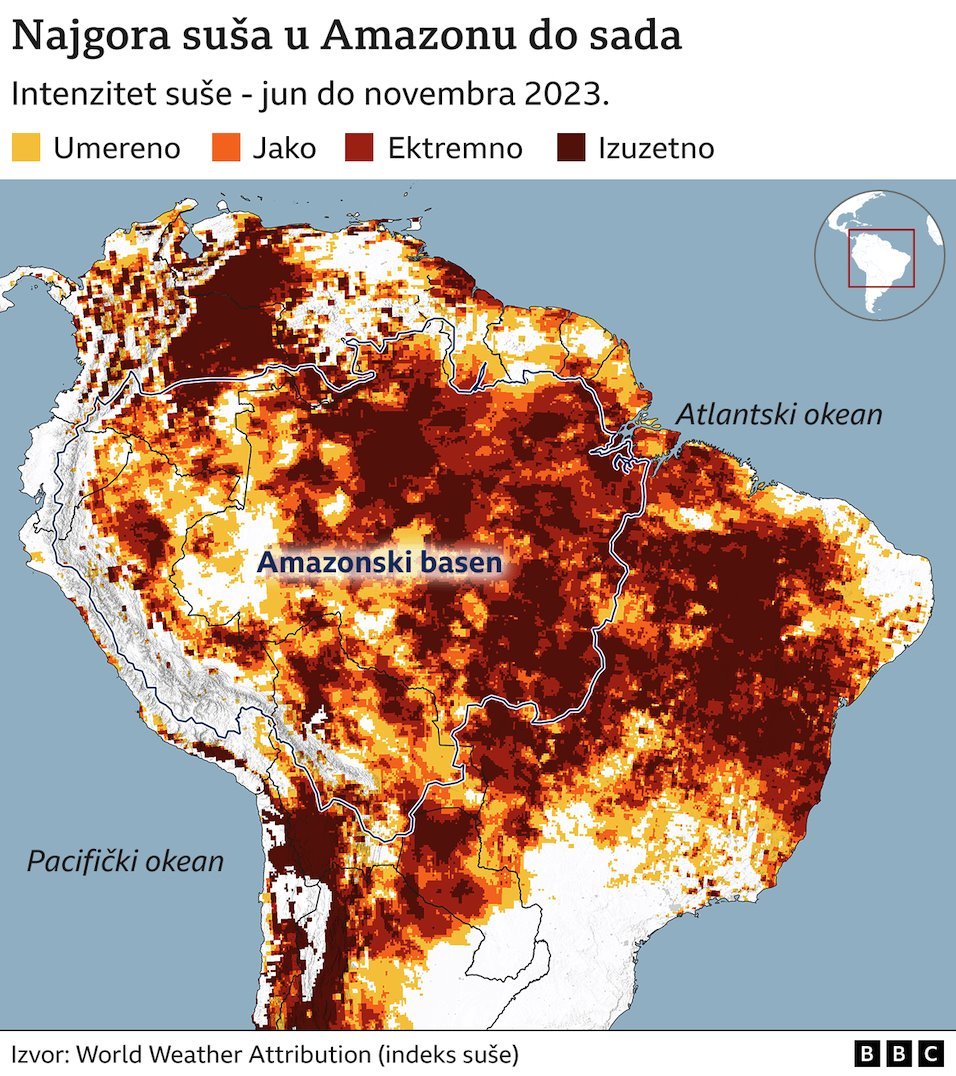
4. More fuel for forest fires
In many parts of the world, fires occur naturally.
It is difficult to know whether climate change caused or worsened a particular forest fire because other factors, such as land use change, are also relevant.
But climate change is creating the weather conditions necessary to make wildfires more likely to spread, the IPCC says.
Extreme, longer-lasting heat draws more moisture from the soil and vegetation.
- A fire is spreading in California
- A hero parrot saved its owner's life
- Fire in the house - what are the steps to take

These "dry firewood" conditions provide ideal fuel for wildfires, which can spread with incredible speed, especially if the winds are strong.
Rising temperatures may also increase the likelihood of lightning in the world's northernmost forests, which also causes wildfires.
In 2023, Canada experienced by far the worst forest fire season on record, when about 18 million hectares of land burned.
Climate change has more than doubled the likelihood of extreme "fire weather" in eastern Canada, helping wildfires spread, VVA says.
Extreme forest fires worldwide are projected to become more frequent and intense in the future, according to the UN Environment Program (UNEP).
This is due to the combined effects of land use change and climate change.
The number of the most extreme fires could increase by up to 50 percent by the year 2100, claims UNEP.
Follow us on Facebook, Twitter, Instagram, YouTube i Viber. If you have a topic proposal for us, contact us at bbcnasrpskom@bbc.co.uk
Bonus video:



